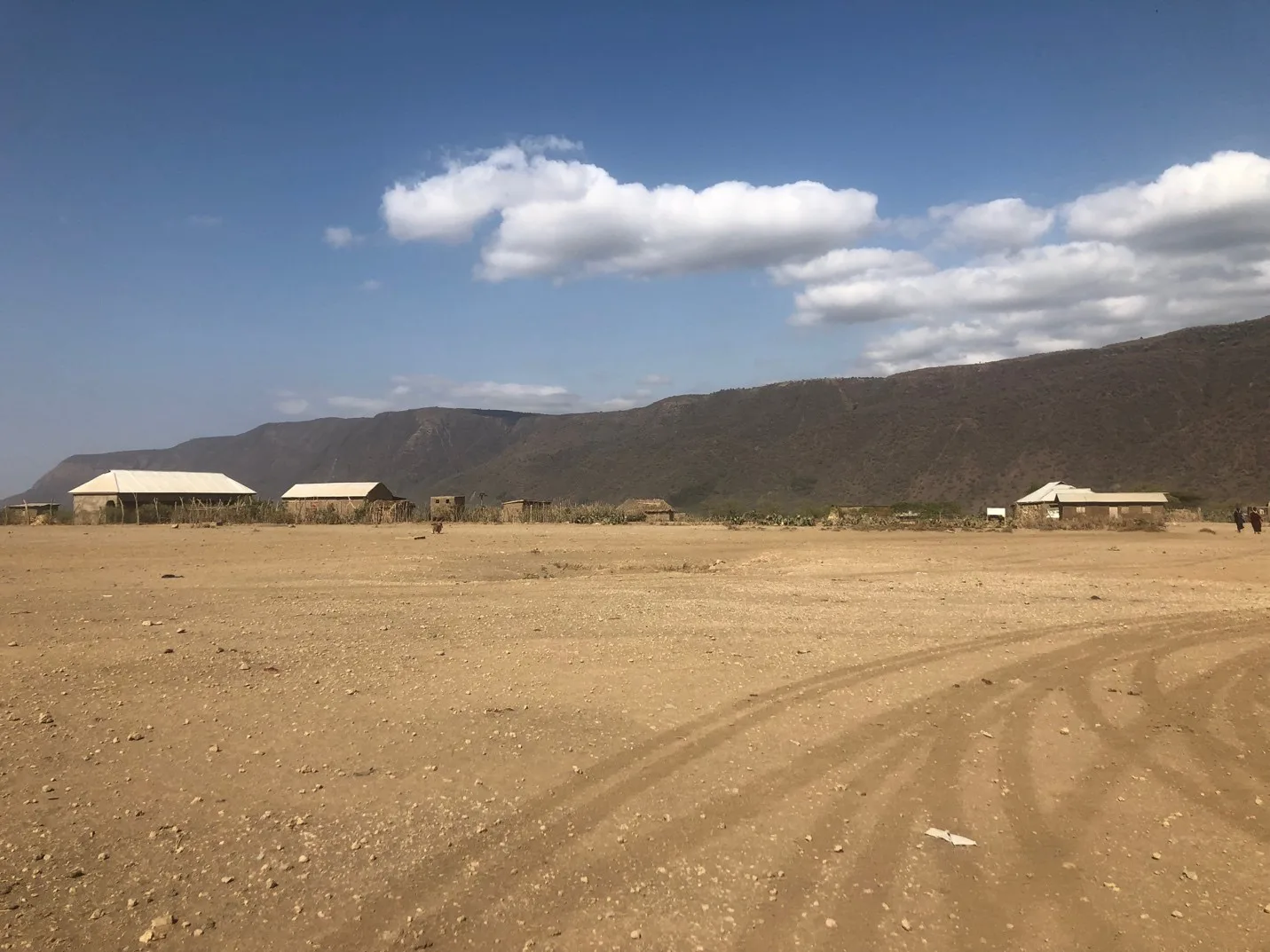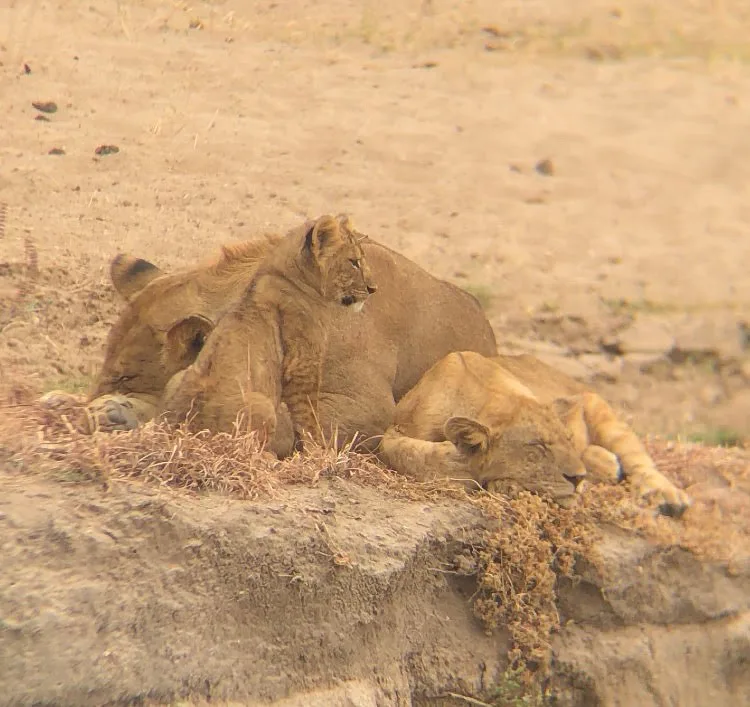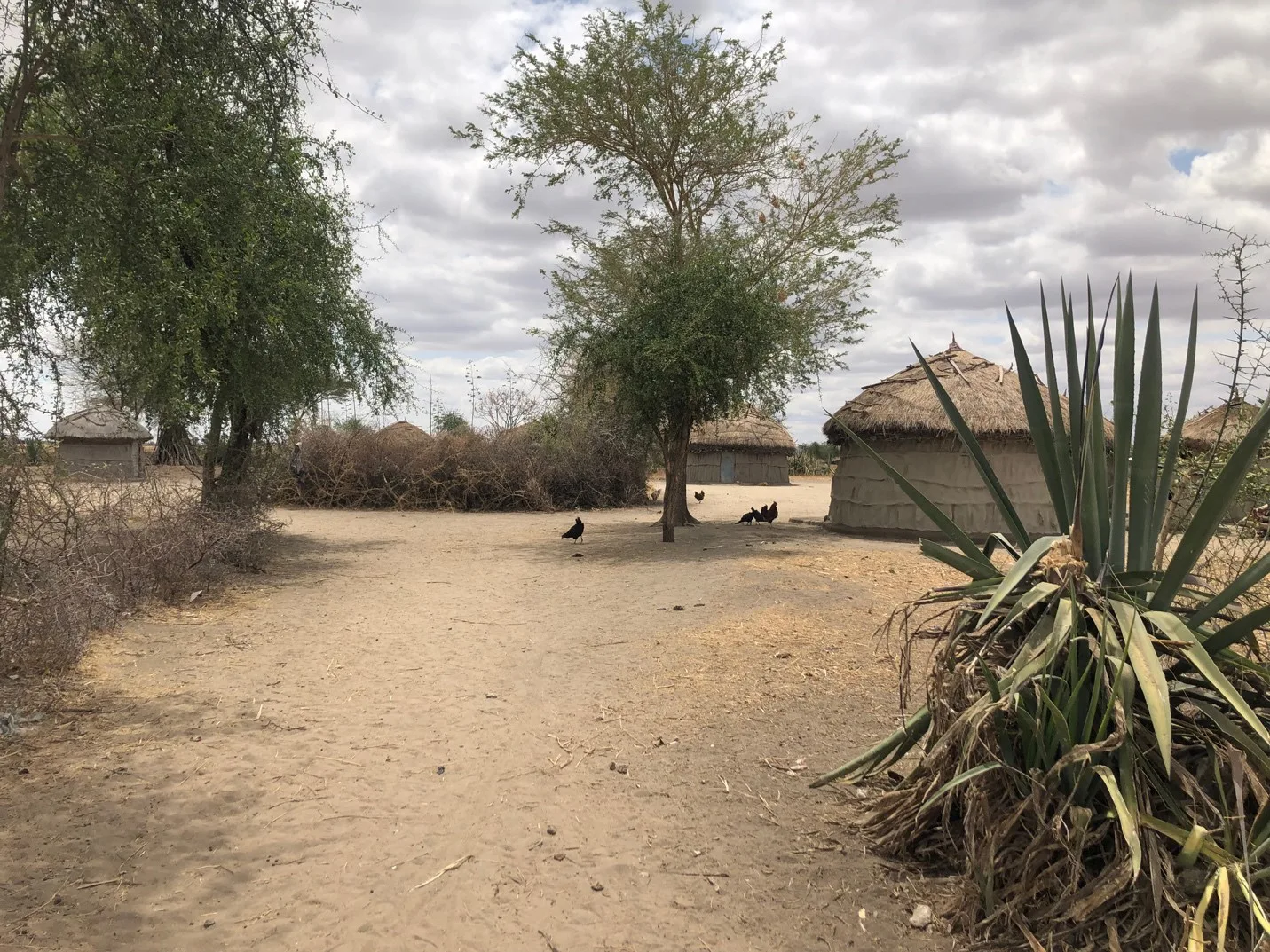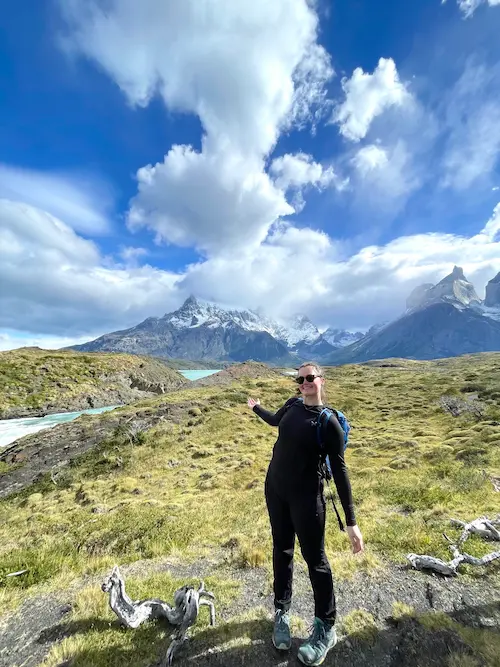How was your week?
SATURDAY – JUMAMOSI
Normally I wouldn’t consider Saturday to be the first day of the week, but in Swahili, “Jumamosi” is a portmanteau of the words for “week” and “one.” I still have two months left in Tanzania, so I better play by the rules! This Saturday, we had three classes: Swahili, Wildlife Ecology, and Wildlife Management. Our wildlife professors gave us hints for what our field work will be like in our upcoming expedition to Tarangire National Park. I am so stoked, because our first field exercise will be an elephant ecology study! It’s hard to believe that my college assignment is to drive around and find elephants and observe them.
SUNDAY – JUMAPILI
On my day off today, I went to a batik painting class in Rhotia, the village where our campus is. Batik is kind of like print making, but with paint on cloth. The artist sketched some patterns for us, and I chose to do a giraffe with Kilimanjaro in the background. In batik, the lightest colors are painted first, and then wax is spread over those areas so the cloth doesn’t absorb any more color. Darker colors are painted next, then wax, then darker colors, then wax, until all the cloth is painted. The final step is to spread wax over the whole cloth, crack the wax, then fill the cracks with paint to give the piece a washed, tie-dyed appearance. I’m normally very impatient with art, but I’m happy with how mine turned out!

MONDAY – JUMATATU
Today we drove to Selela, a village about an hour away from our campus. We spoke with a village leader about the land use plan the village developed four years ago and saw how the plan was working today. Selela divided their land into four areas: grazing, residential, forestry, and agriculture. There are strict rules about where livestock can graze, how much firewood people can take from the forest, and for other practices so the village can be more sustainable. I was very intrigued to see how communities are taking environmental issues to heart, even when they often struggle with other basic needs like having enough clean water. It’s very inspiring to see that change is possible, and people are responding to the changes that Tanzania is facing.

TUESDAY – JUMANNE
I woke up extra early today, but for a great reason: we are leaving for our first expedition in Tarangire National Park! We left campus and saw zebras and giraffes from the highway before we even entered the park’s boundaries. As soon as we arrived, we started our elephant ecology exercise. We would stop at all the elephants we saw (which made me so happy!), and would record traits like sex, tusk length, temporal gland secretion, and estimated age. It’s been a dream of mine to see elephants in the wild, and we saw so many huge herds, adorable babies, and enormous bull elephants marching on their own.

In the afternoon, we conducted a survey on what animals tourists would stop and observe. Usually, everyone would drive right by the zebras and impalas, sometimes stop for elephants and giraffes, but would always stop for cats. At one point, we recorded that 17 cars stopped to observe lions eating an impala alongside the river. We were also lucky enough to see a cheetah! I got pretty good at taking photos on my phone using my binoculars.

WEDNESDAY – JUMATANO
On our second day in the national park, we conducted a mammal count in the morning and the same tourist survey in the afternoon. For the mammal survey, we stopped for every mammal we saw, and recorded ostriches too because they are really cool. It was amazing to stop and observe nearly everything within sight, from mongooses to bat-eared foxes to giraffes to dik-diks. After lunch, we observed tourists again and in doing so, found more lions, leopards, and another cheetah! We were told that it’s super rare to see so many of these animals, and I’m so grateful that I had the chance to see them in my only two days at Tarangire.
THURSDAY – ALHAMISI
Instead of more animal surveys, today we conducted interviews with people living in the wildlife corridor just outside of Tarangire National Park. We had local guides who would translate the locals’ responses, and we talked a lot about human-wildlife conflict. People living in these areas frequently face problems like elephants raiding their crops or hyenas attacking their goats. Many families have tried to protect themselves from these events, like fencing in their agriculture and livestock, but it doesn’t always work. Many of the interviewees asked us how we are going to help, and one couple even told me to remember the problems they face when we go back to America at the end of our semester. Working to solve these kinds of issues is why I’m studying abroad here, and this visit was very meaningful and motivating. If we want wildlife to survive, the first step is to help the people that interact with them most.

FRIDAY – IJUMAA
On the last day of our expedition, we visited the Burunge Wildlife Management Area (WMA), which is a new concept in dealing with wildlife conservation. Instead of the government being responsible for establishing protected areas, responsibility is given to a community local to the place needing protection. The goal of WMAs is to have people directly benefit from wildlife and realize their importance on a broader scale. Almost 20 of these areas exist in Tanzania in varying stages of development, and I am optimistic about their success. There is an existing attitude that wildlife is just for tourists who can afford to go see them, and the protected areas like national parks and game reserves just reduce the amount of resources available to Tanzanians. I hope WMAs can help change this attitude, and in the process, protect and conserve more wildlife.
So how was my week? Magical, busy, humbling, and inspiring. It’s crazy to me that this is just one week in our 15-week semester, and we still have so many adventures ahead of us!
Related Posts


